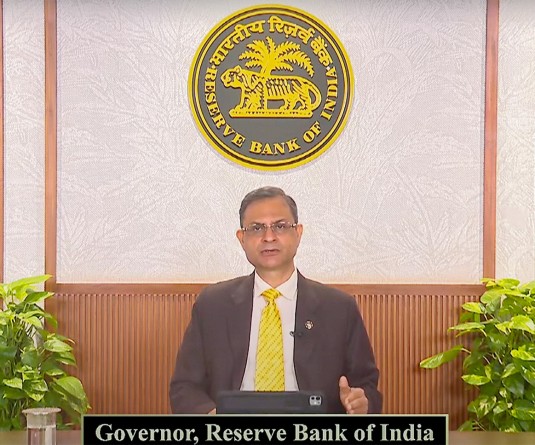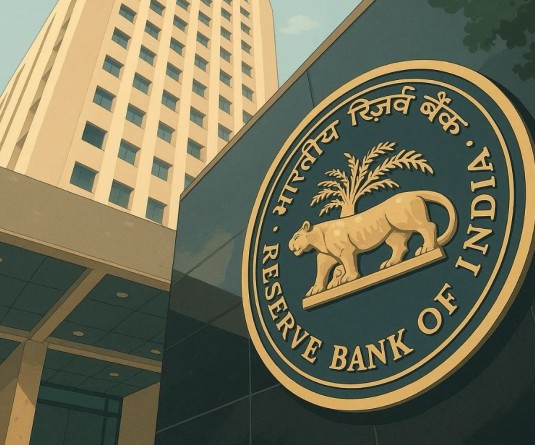
New Delhi, November 5 (IANS): The RBI norms on liquidity and asset quality of non-banking financial companies (NBFCs) will offer some comfort and cushion to the market, but concern over the wholesale segment's asset quality remains a challenge for debt market players, broking firm Kotak said on Tuesday.
The Reserve Bank had on Monday issued final guidelines on Asset Liability Management (ALM) and Liquidity Coverage Ratio (LCR) framework for NBFCs extending the deadline for their implementation from April 1 to December 1, 2020.
"We believe that these measures are aimed at providing some comfort to market participants on the liquidity position of NBFCs," the broking firm said in an analysis report.
Recent efforts by the RBI have helped liquidity position of small retail NBFCs even as debt market participants remain concerned on the asset quality in the wholesale segment. There's some improvement in NBFC liquidity, though the debt markets remain cautious, Kotak said.
"The RBI and the Ministry of Finance (MoF) have taken several measures to improve liquidity of retail NBFCs. Managements of some of the smaller NBFCs highlighted that their funding access has improved, largely due to new facilities from PSU banks. Many HFCs/NBFCs are currently engaged with PSU banks to sell down their loan pools under the government's partial guarantee scheme. However, select private banks, mutual funds and other debt market players remain cautious," said the report.
"Most NBFCs are hence shedding commercial papers (CPs) and other short-term market borrowings. Increase in downgraded loans by insurance companies is likely making these companies cautious as well. While the default in Dewan Housing's mortgage-backed securitisation (MBS) has raised concerns, this has not yet affected loan sell-down for retail NBFCs. Challenges in the wholesale book of select NBFC/HFCs remain a concern for debt market participants/lenders," it added.
"In its final ALM and LCR guidelines for NBFCs, the regulator has elongated the period of implementation (December 2020 onwards versus April 2020 earlier). The relaxation is longer for smaller NBFCs (non-deposit accepting NBFCs with asset size of Rs 50-Rs 100 billion)," it further added.
Kotak said there are two key takeaways of these guidelines. The new guidelines break up the first bucket (1 month) into smaller buckets (0-7 days, 8-14 days, 15-30 days). The net cumulative negative mismatches in these buckets should not exceed 10-20 per cent of cumulative cash outflows in the respective time buckets; the current guidelines allow 15 per cent negative mismatch in first 30 days and the RBI has introduced liquidity coverage ratio (LCR) norms for NBFCs.
The report said NBFcs are well-placed in the near term. "With most NBFCs retaining large cash on their balance sheet and continuing to follow a conservative ALM policy, we don't expect any immediate impact. There may not be a large structural negative. With a short time horizon of these norms (one month), we don't think that there is any impact of the ALM/LCR norms on the Net Interest Margin (NIM) of most NBFCs on a structural basis. Since line of credit (from banks) is allowed for the calculation of cash inflows, LCR guidelines may not have significant impact either," it added.






